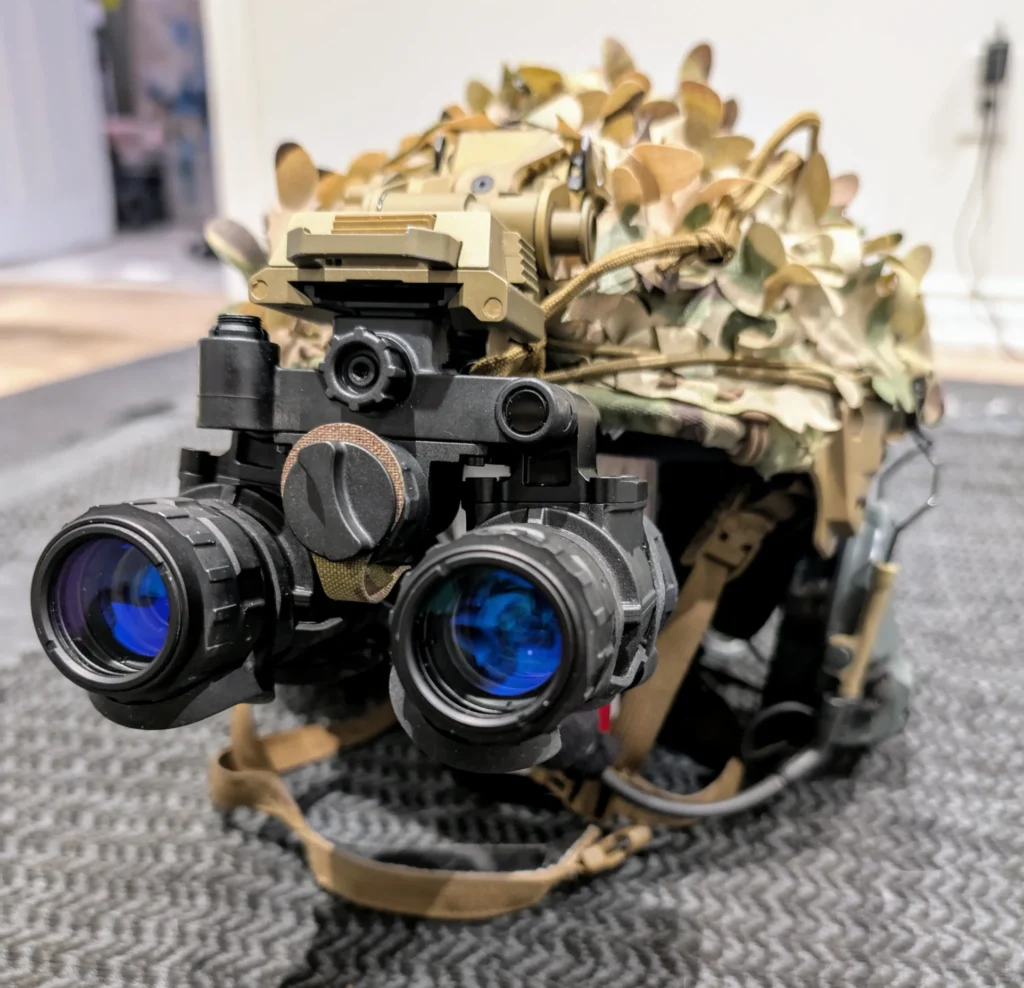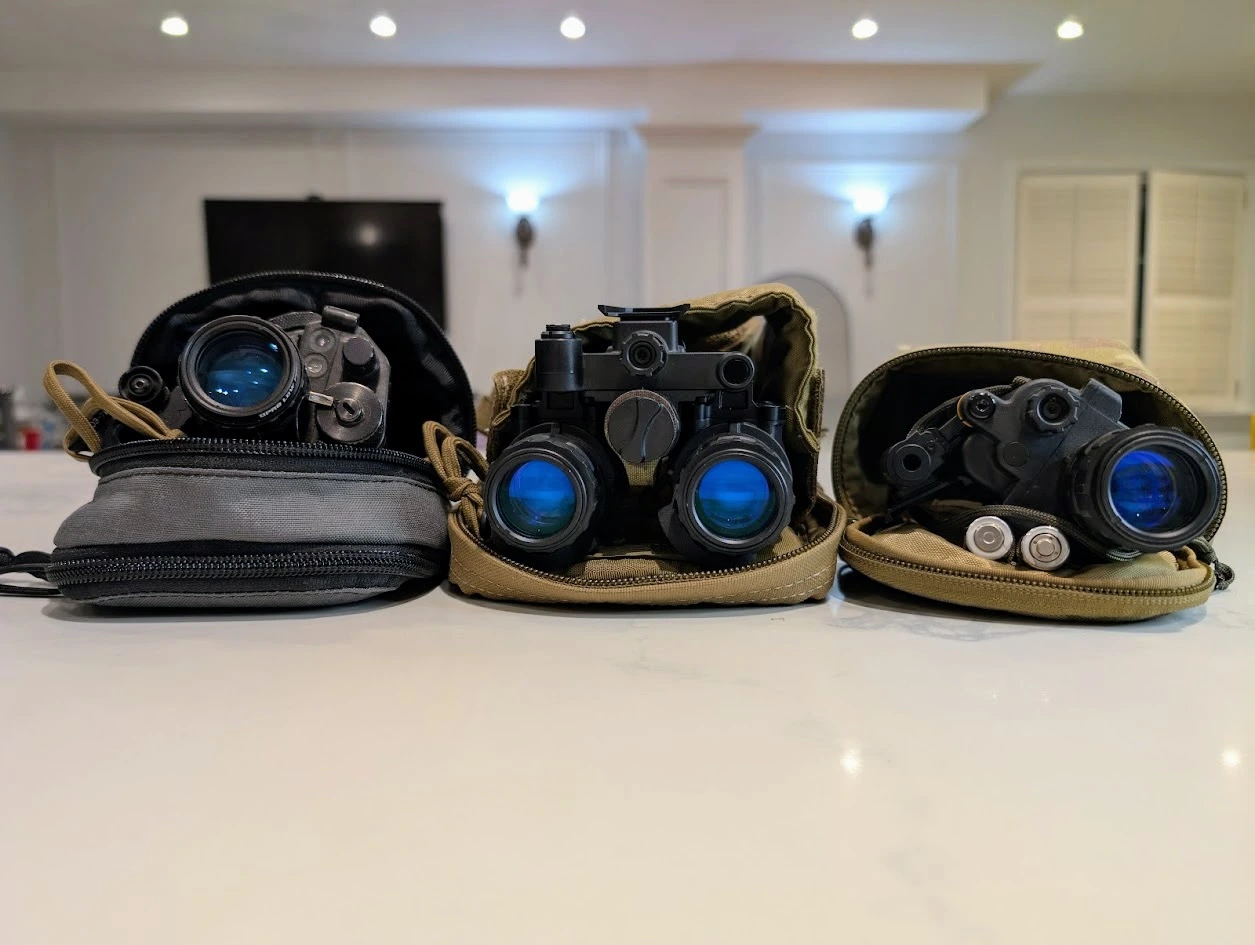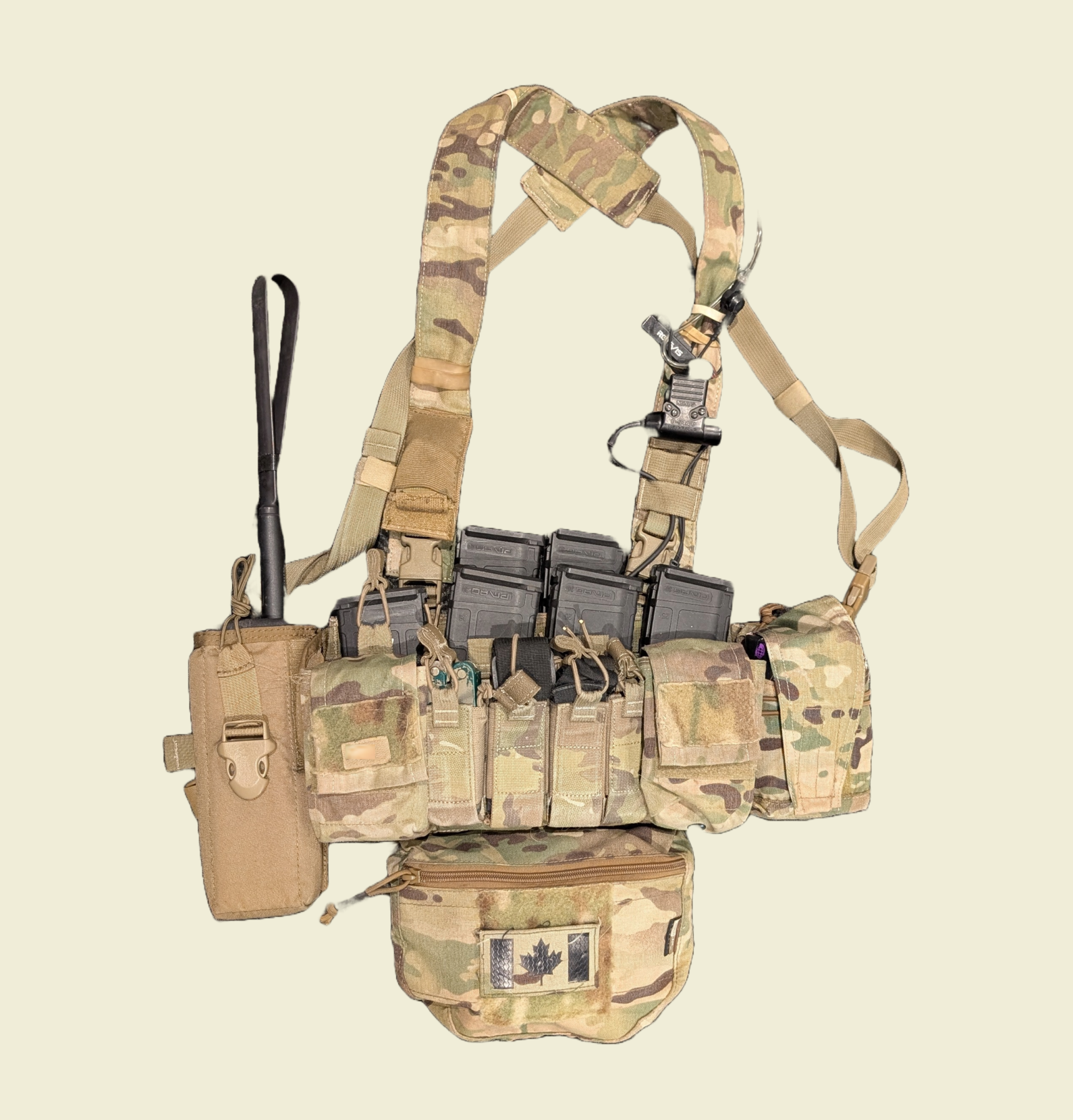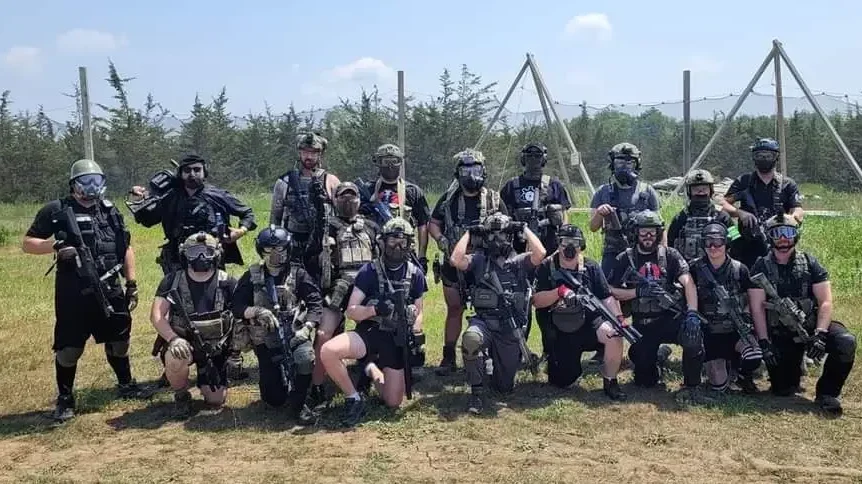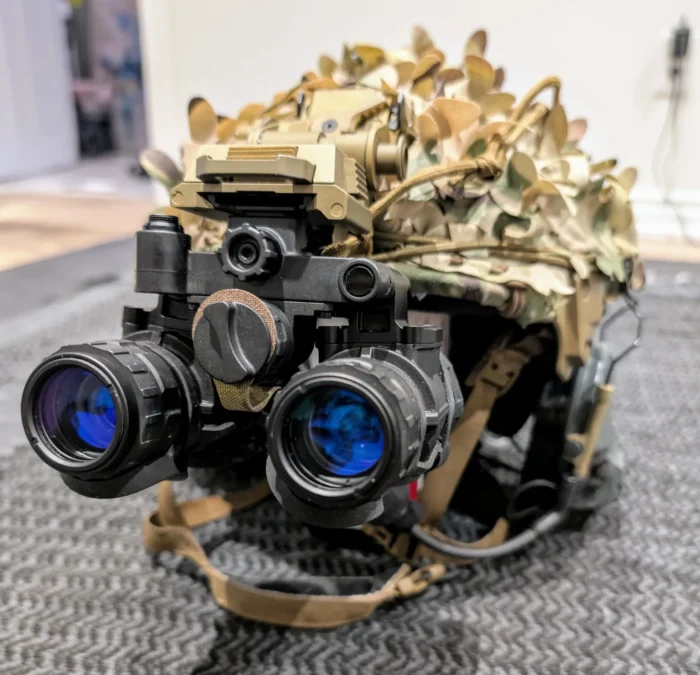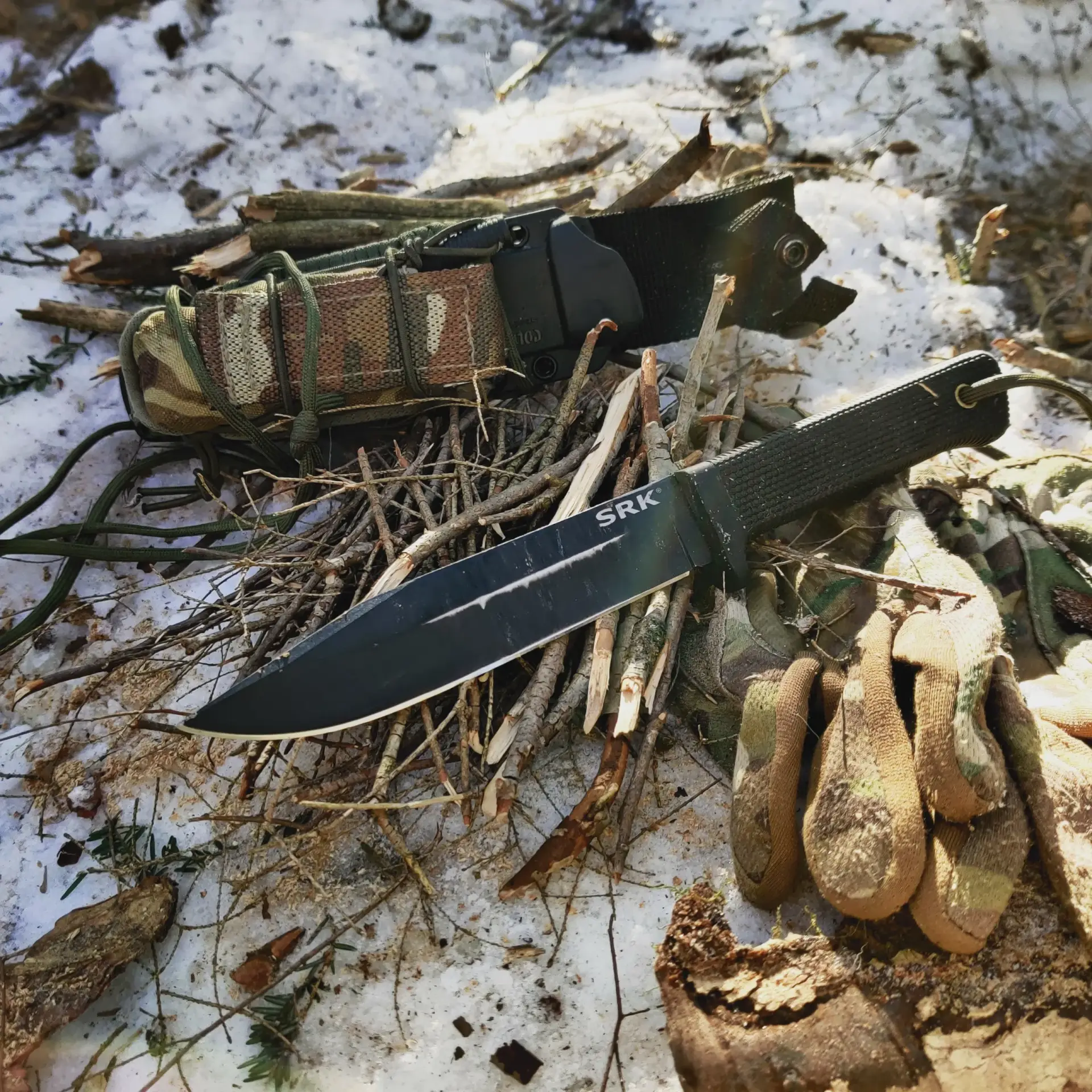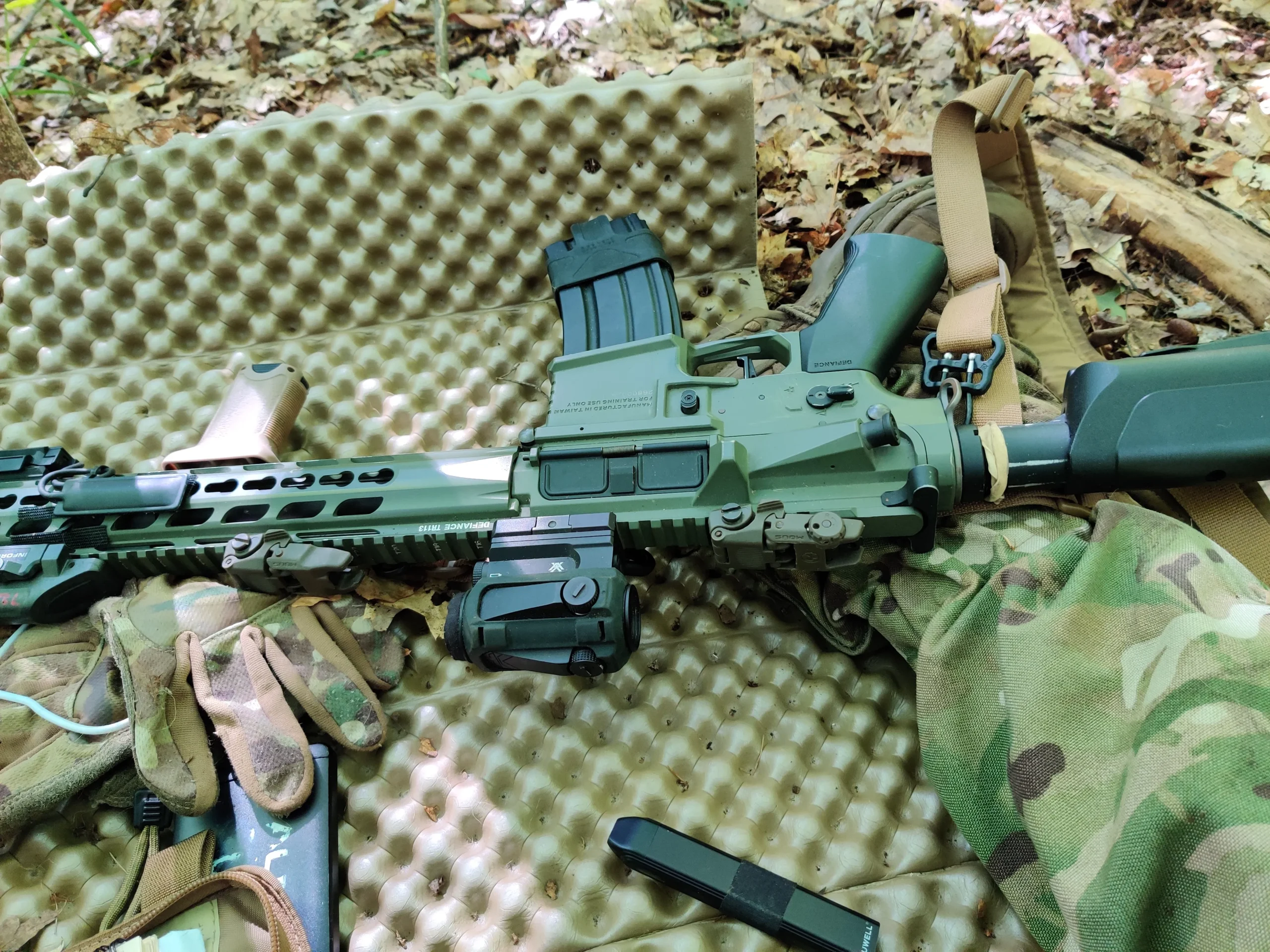Initial Impressions of NVG-ALPHA Housing

Our friends at Opfor Night Solutions have generously allowed us to trial one of their new articulating binocular housings. This housing is manufactured in China but assembled and tested in Canada. We believe that this is a compelling addition to the articulating Binocular Night Vision Device (BNVD) market. We have used it for about 30-35 hours or so since December 2024 well prior to the global release. By way of background, we have some experience with using RNVGs, 1431s and even some old school sentinels.
The NVG-Alpha is crafted from a combination of polymer and aluminum, this housing strikes an optimal balance between durability and weight, featuring resilience without unnecessary heft. The housing also appears to avoid chasing weight savings by not cutting out features like in other designs. At the time of writing, the price of a complete unit with entry level NNVT tubes is $6945.00 CAD. The cost for the housing itself is $2,195.00 This would put it at a competitive price point against housings with comparable features and very close to something like an RNVG.
The first thing that stands out with the NVG-Alpha is its comprehensive feature set, typically reserved for top-tier devices. Some other housings in the same price range do not encompass all these features. The NVG-Alpha has manual gain control with memory retention, onboard infrared illuminators, automatic shutoff when pods are (each) articulated, flip-up auto-off functionality, interpupillary distance (IPD) stops, and an auto-off feature for inactivity. Notably, the inclusion of onboard illuminators and IPD hard stops addresses a common omission in other models that prioritize weight savings over functionality.
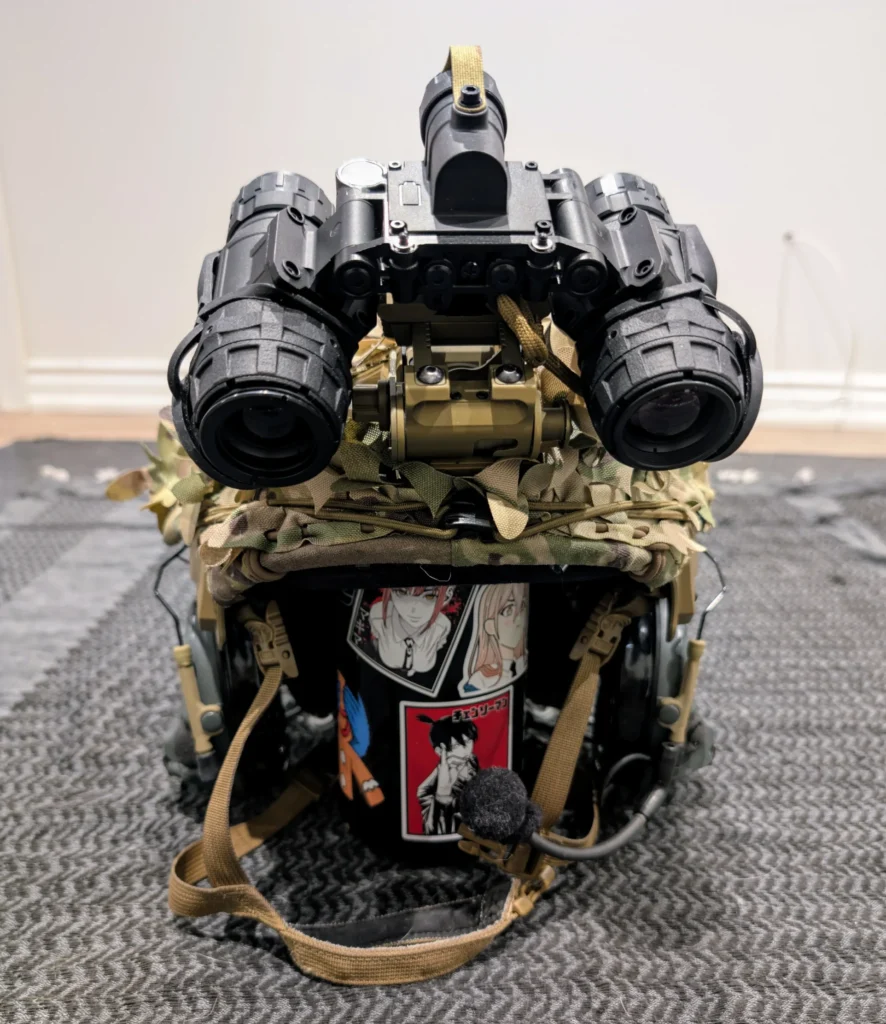
The design of the IPD stops merits particular attention. In many articulating night vision devices, IPD stops are positioned on the sides of the bridge, creating potential weak points susceptible to damage from lateral impacts. In contrast, Opfor Night Solutions has strategically placed the IPD stops on the eyepiece side of the bridge. This thoughtful placement mitigates the risk of damage commonly associated with side-mounted stops, enhancing the device’s overall durability. This design addresses a well-documented vulnerability in articulating night vision devices, where side-mounted hinges and stops can act as fulcrums, increasing the likelihood of housing damage upon side impacts.
In discussions with the designer, it was emphasized that this placement decision was deliberate, aiming to enhance the device’s resilience against common stress points. This insight aligns with anecdotal experiences within the night vision community, where several users have reported damage to their articulating binoculars due to less optimal IPD stop designs acting as a fulcrum on weak spots.

Powering the device is done with either a CR123 battery or an external battery pack. While this is normal for premium housings, the option to use AA batteries would have been a welcome addition, given their widespread availability. There probably are some cold weather benefits to using CR123s but our preference would be AA due to availability and cost. Some contemporary housings offer interchangeable battery capabilities by allowing users to switch caps, providing greater flexibility in power source selection. In that regard, we wish it had this feature.
A notable enhancement in this housing is the use of more substantial screws to secure the bridge and pods. These beefier fasteners address weaknesses observed in other designs, ensuring a more robust and durable assembly. In our observations of some other housings, some are only held together by one or two small screws. Some of the screws can also be tensioned to adjust the force to overcome the articulation of the pods. This is a nice touch as I can imagine they might grow loose after lots of use.
According to our discussions with Opfor Night Solutions, the overarching goal of this device is to deliver all the features expected in a premium housing at a competitive price point, avoiding unnecessary bloat. The design emphasizes creating a reasonably weighted articulating goggle that maintains durability without sacrificing essential features for the sake of weight savings. For example, some housings do not have illuminators or IPD stops built in. This is by no means a ultra light setup but it can be made relatively light weight.
We were able to get the complete unit to around 470 grams with RPO 3.0 lenses and our understanding is that it should weigh around 595 grams with standard milspec glass. This would put the housing in line with others normal weight dual articulating goggles, but it can be made lightweight with premium optics.
Upon hands-on evaluation, the housing presents a bold sense of strength and durability. Compared to other models we have handled, this one feels particularly solid, exhibiting no noticeable flex. While it may not reach the top tier durability of models like the RNVG by AB Night Vision or the Manticore R by Nocturn Industries, it offers sufficient robustness without being overly durable as there is some discussion in the community whether or not full metal housings are even necessary given how far polymer has come. Having said that, we cannot ignore that premium housing options like the Manticore R with the same features and are nearly full metal but still weigh less (468 grams with RPO 3.0 and 565 grams with milspec optics). The distinction is the cost. This unit costs considerably less due to the country where it is manufactured.
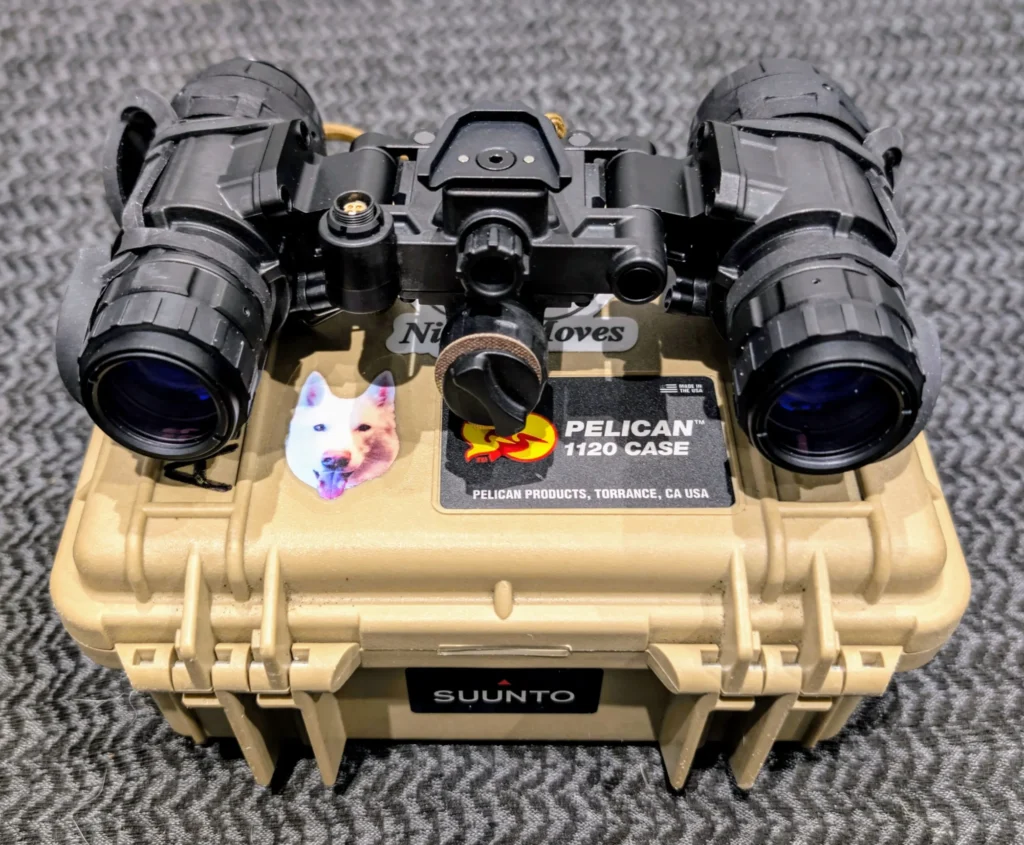
Areas for improvement
Not all aspects of the housing exceed expectations. Here are some personal preferences we think would be an improvement:
1. The housing works with most mounting interfaces but struggles with some legacy wilcox dovetail mounts like the original G24. The fatter G24 obstructs the external battery port so if you are using an older wilcox you won’t be able to plug in a battery pack. This is not critical but a material consideration if you are using an older g24.
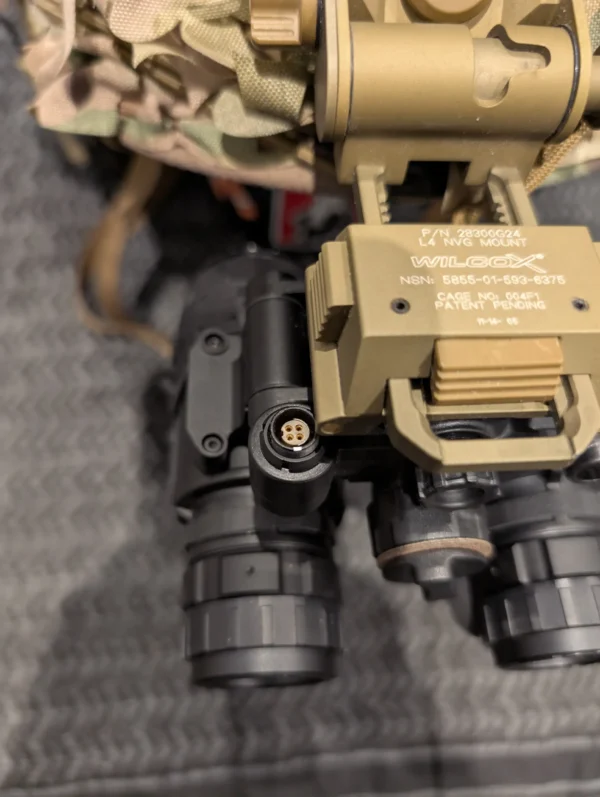
2. The battery plug in port is missing a cover that otherwise would seem to be prudent to have. The designer had indicated that the port itself is waterproofed and one is not required. It would bring peace of mind to have the same as real world use end up with dirt and duff in there.
3. Lanyard / retention holes are slightly smaller than paracord spec. It will fit gutted paracord just fine.
4. The on/off button lacks a positive tactile feeling like a detent when the unit is powered on which may be important for some users. This would be helpful to determine if the unit is stowed on a mount at night and you wanted to check by feel that the unit is indeed off. This is important as the community generally does not rely on the auto off when stowed features and we tend to worry if walking around at night with tubes pointed up at the moon will result in damage if they are not off. However, we are informed that this was a conscious decision as the way the button is designed while less tactile has better sealing against the elements. Generally this is inherent in sealing print design. A more tactile button has less effective sealing and a mushy button can be a design requirement to obtain better sealing.
Quality Control
The housing did not have any quality control issues that we noticed. We have scoured the internet and our contacts to figure out what the most common problems with launches of binocular housings are. There is plenty of content out there on this as manufacturers typically identify and highlight problems in each other’s releases and products sometimes to much comedic effect. Anecdotally, a lot of manufacturers for the commercial market have a tendency to launch their products without first having identified common issues and it is up to the consumer to identify them. Wild. We have considered these and are pleased to report that the NVG-Alpha does not have the following issues:
1. Parasitic drain – some housings when launched suffered from battery drain even though the device was off. Minor parasitic drain exists in almost all housings that use a digital button, but some devices from other manufacturers needed to be RMA’d to address excessive parasitic drain.
2. Incompatibility with certain types of tubes – There is some discourse online about some housings not being able to function properly with some brands of image intensifier tubes. While we have not tested this, we are advised that the designer has considered this into their housing and the same has been checked as a matter of QC. There shouldn’t be any compatibility issues.
3. Articulating/flip up auto off issues due to magnets – We have seen these before in other housings where the magnets in the housing and mount prevents the auto off / articulating off features from behaving as intended. In those instances flipping one pod up may shut off both pods and flipping them down might not turn them back on. We can confirm that these problems are absent from the NVG-Alpha. We have tried this with various mounts.
It’s worth noting that we have a personal connection with the team at Opfor Night Solutions and as a result we were able to engage in discussions about their design philosophy. We hope that our confidence in the housing is objective as we have provided our genuine thoughts and identified areas for improvement. Our confidence in the build quality stems from firsthand observations of the designer’s attention to detail and passion for night vision. We would compare it to being like if you had a fat classmate in school who loved to eat cake and would not shut up about cake and would always tell you about the compare different types of cakes available. If you learned they grew up and became a baker, you know they are going to make a good cake with a strong design philosophy.
While the device is manufactured in China, it is assembled, tested and designed in Canada. There has been some online discourse, primarily from competitors, critiquing this aspect. However, such criticisms often stem from market competition rather than genuine concerns about quality. We are confident that this housing is designed to impress users seeking a feature-rich experience, rather than merely conforming to industry expectations for the reasons we have already stated.
Conclusion
The NVG-Alpha is a feature-rich BNVD housing that addresses common problems in existing models. Its blend of durability, functionality, and user-centric design makes it a compelling choice for those seeking a reliable night vision solution. While it is not the most premium of options, it certainly checks all the boxes for a better price point than other premium options. We liked it so much, we got one for ourselves. As always, we feel strongly about not doing a review until we have earned it. We will do an in depth review once we have spent even more time with it in the field.
